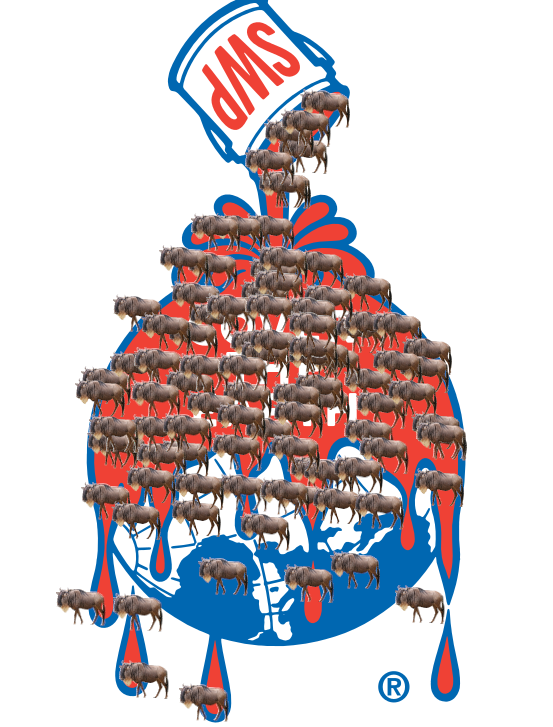Mars, Wildebeest Math, and Vultures
Bowler Hat Science from Matthew R Francis
Dear Dormice and Mad Hatters,
I guess this is issue 3, so I'm keeping this thing going. As it sometimes happens, after a drought two new articles published on the same day, so today's issue will focus on those. (However, it's also Election Day in the United States, so go vote if you're eligible and didn't send your ballot early.)
Now, on to the SCIENCE!
A mList of Martian Mysteries
With so many past, current, and future missions to Mars, it's easy to forget sometimes how much we still don't know about the Red Planet. For AGU Eos, I looked at just five major Martian mysteries scientists want to solve.
These largely relate to Mars' past: why is the southern hemisphere so much bulgier than the north; where did all the water go; how much ice is there under the surface, and why it is distributed the way it is; does Mars have methane, and if so why measurements so inconsistent; and finally how have Martian seasons changed over the past 4.5 billion years?
These questions are hardly exhaustive, and as I spoke to scientists it was clear that more global coverage of the planet is needed to answer them. Stay tuned for an upcoming story from me that looks at why NASA's current Mars strategy could actually hurt our chances of understanding the Red Planet — and other Solar System worlds — better.
Forget the New Math, Here's the Gnu Math
OK, the "new math" was well before my time and I mostly know about it because of the "Peanuts" comics anthologies from the 1960s. However, "gnu math" involves a recent study modeling how wildebeest herds move across realistic landscapes using a patchwork of mathematical techniques.
In this article for SIAM News, I talked with researchers who drew on the Disney film The Lion King, methods from engineering, and a branch of math I learned for my PhD (though never really used). And while their simulations focused on wildebeest, their real goal is understanding how complex biological systems self-organize on complicated surfaces, such as proteins on the outside of a cell or molecules on a growing embryo. (Like my other SIAM News articles, this piece includes some equations, but I wrote it to be comprehensible to people who don't want or need to understand the mathematical details.)

And now, for something completely different
Even though I live in a pretty typical dense urban neighborhood, it's close to a major river and several parks. As a result, on a given day you might see quite a few species of bird, including crows; jays; songbirds of all types; cowbirds; red-tailed hawks (a nesting pair lives close to my house, and I've been screamed at before); Cooper's hawks (I've been dive-bombed); cormorants; and black vultures. Just yesterday I saw a heron in among Canada geese at the duckpond in the park, but someone spooked it before I could take a picture.
Here are a few black vultures perched on the roof of a house less than five minutes' walk from my place, who are part of two very large vulture family groups in this section of the city. These birds aren't as large as turkey vultures, but they're still quite impressive animals to see casually chilling on a rooftop.
